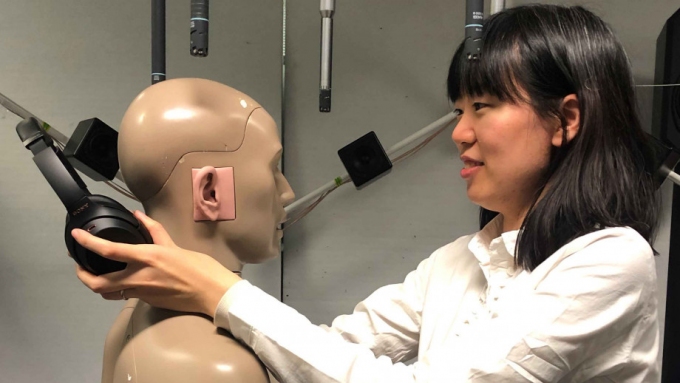Noisy open plan offices full of workers hunched over desks while wearing noise cancelling headphones could soon be a thing of the past, thanks to new research from The Australian National University (ANU).
The ANU researchers have developed a new formula to show how effective noise cancellation technology can be in different spaces.
Lead researcher Dr Aimee Zhang says the ultimate goal is to achieve a noise-free environment without the use of headphones.
“Our formula allows us to calculate the best level of cancellation we can achieve in a certain area - for example, an office with a basic desk set-up, windows and doors,” Dr Zhang said.
“This is a way of creating a quieter space, without the need for everyone to keep their headphones on.”
According to Dr Zhang, the challenge is that while noise cancelling headphones are generally very effective - because the ear is such a small surface area - trying to block out noise in a bigger space is much harder.
“Essentially, you have to set up multiple microphones and speakers to cancel out the original noise source,” she said.
“This is not always practical. We don’t always have sufficient resources to achieve an ideal level of cancellation.
“This study gives us a way to predict how much noise we can cancel out, and how much can’t be eliminated - before implementing a complex noise cancellation system.
“If we develop this technology further, it could not only be incredibly useful in homes and office spaces, but even in planes and cars.”
The study is part of an ongoing collaboration between the Audio and Acoustic Signal Processing group at the ANU College of Engineering and Computer Science, led by Professor Thushara Abhayapala, and technology giant Sony.
The research is supported by Sony as well as the Australian Research Council.
The study has been published in The Journal of the Acoustical Society of America.

